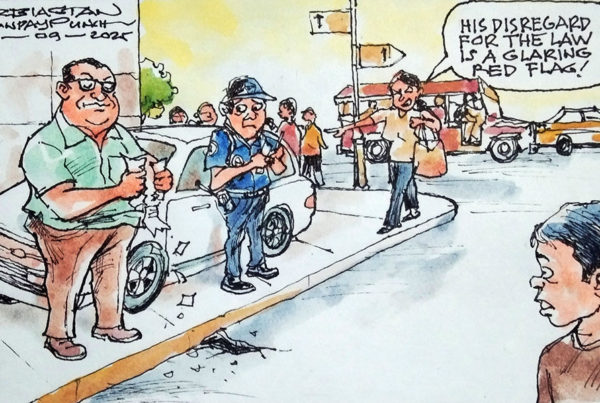Editorial
End the drowning
AN average of eight Filipinos die every day due to drowning, according to a Philippine report presented at the World Conference on Drowning Prevention (WCDP) 2011. The statistics are based on those who died due to maritime disasters, flooding, and water-related activities such as fishing, boating and recreation. Lingayen here in Pangasinan and Infanta in Quezon were cited as among the most drown-prone areas in the country.
Given this alarming number, the Department of Health (DOH) has developed a “Philippines National Framework of Action on Drowning Prevention 2011-2015”, which recommends “close child supervision, wearing of flotation devices, participation in water safety awareness activities and training programs on first aid, basic life support and basic survival swimming for both children and adults” to minimize drowning incidents. There is no other way to implement this framework but through our local government units (LGUs).
Initiatives towards this end have been undertaken in Lingayen and Dagupan, particularly the setting up of watchtowers and WASAR (Water Search and Rescue) teams at the beach areas popular among visitors during the summer season. But this will hardly be enough to stop the drowning because the focus is on search and rescue and the implementation is seasonal. What is needed, as the DOH framework specifies, is permanent preventive measures. Sponsored swimming lessons for the public, especially for children, might prove to be quite costly and a logistics challenge given the lack of public pools, but our LGUs can train and employ lifeguards with accountabilities on a regular basis. Other realistic and easily affordable measures are marking off dangerous areas for swimming with buoys and setting up huge billboards for safe swimming.
Pangasinan could lead the way and prove to be a model that the DOH can use everywhere in the Philippines on how to make our beaches safe. But unless and until the drowning incidents stop, Pangasinan could very well be known for having deadly beaches and keep contributing to the number of drowning casualties.
* * * * * *
Not funny
WE could have been No. 1 but for our population far lesser than China and India. China has nearly four billion people and India almost two billion. We are but “only” 95 million.
The three countries’ three major cities are the world’s worst places in driving a car today – Beijing, New Delhi and Manila in that order, according to a recent survey done by CNNGo, the travel website of Cable News Network.The rest of the Top 10 cities with drivers lacking in road courtesy and in obeying traffic signs are Mexico, Johannesburg, Lagos, Sao Paolo, Moscow, Toronto and Monaco.
Before this, the Philippines likewise had ranked high in the world’s worst motorcycle drivers. What would be next? That we have the most corrupt judicial system in the world?
It’s not funny anymore.









